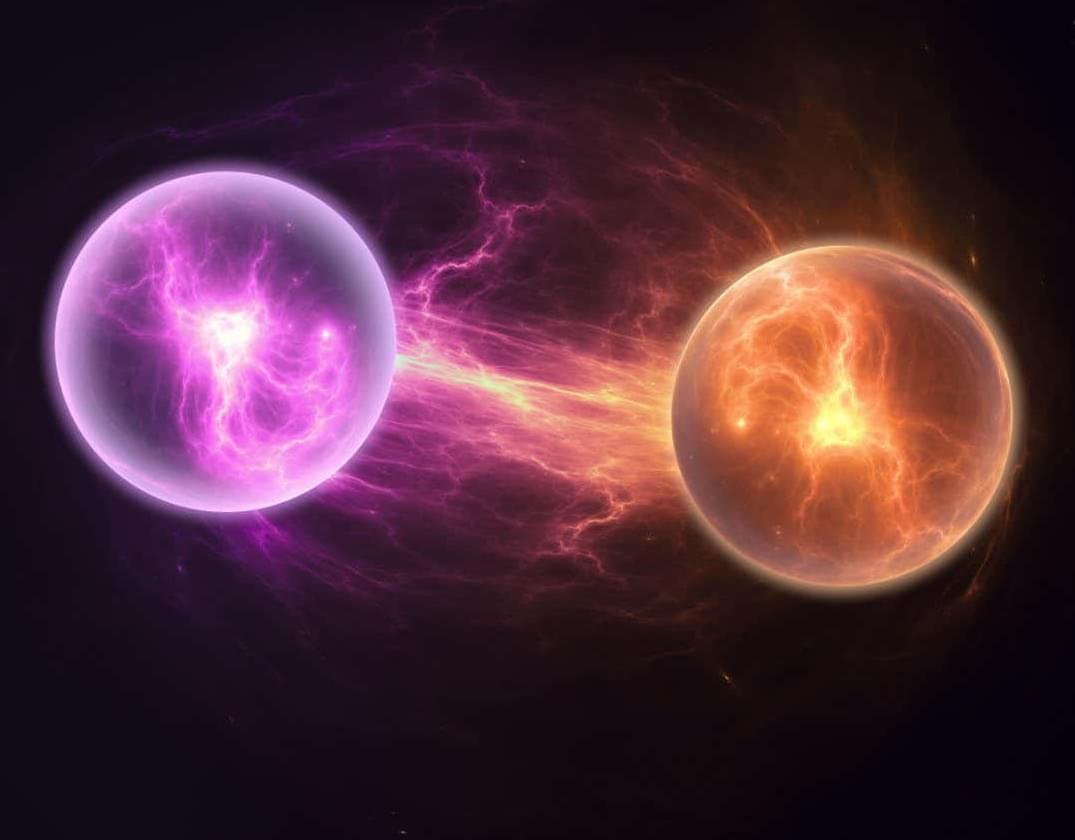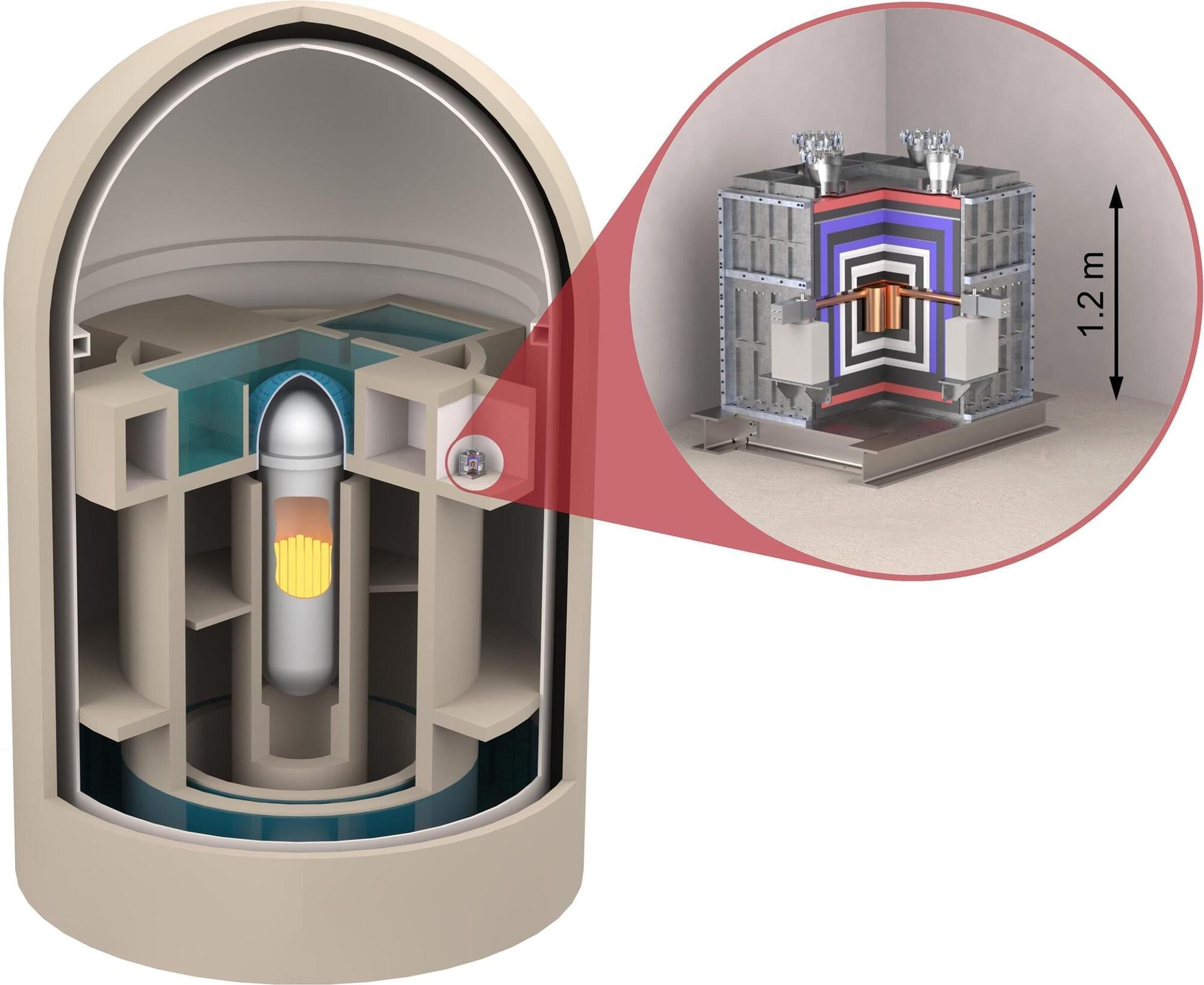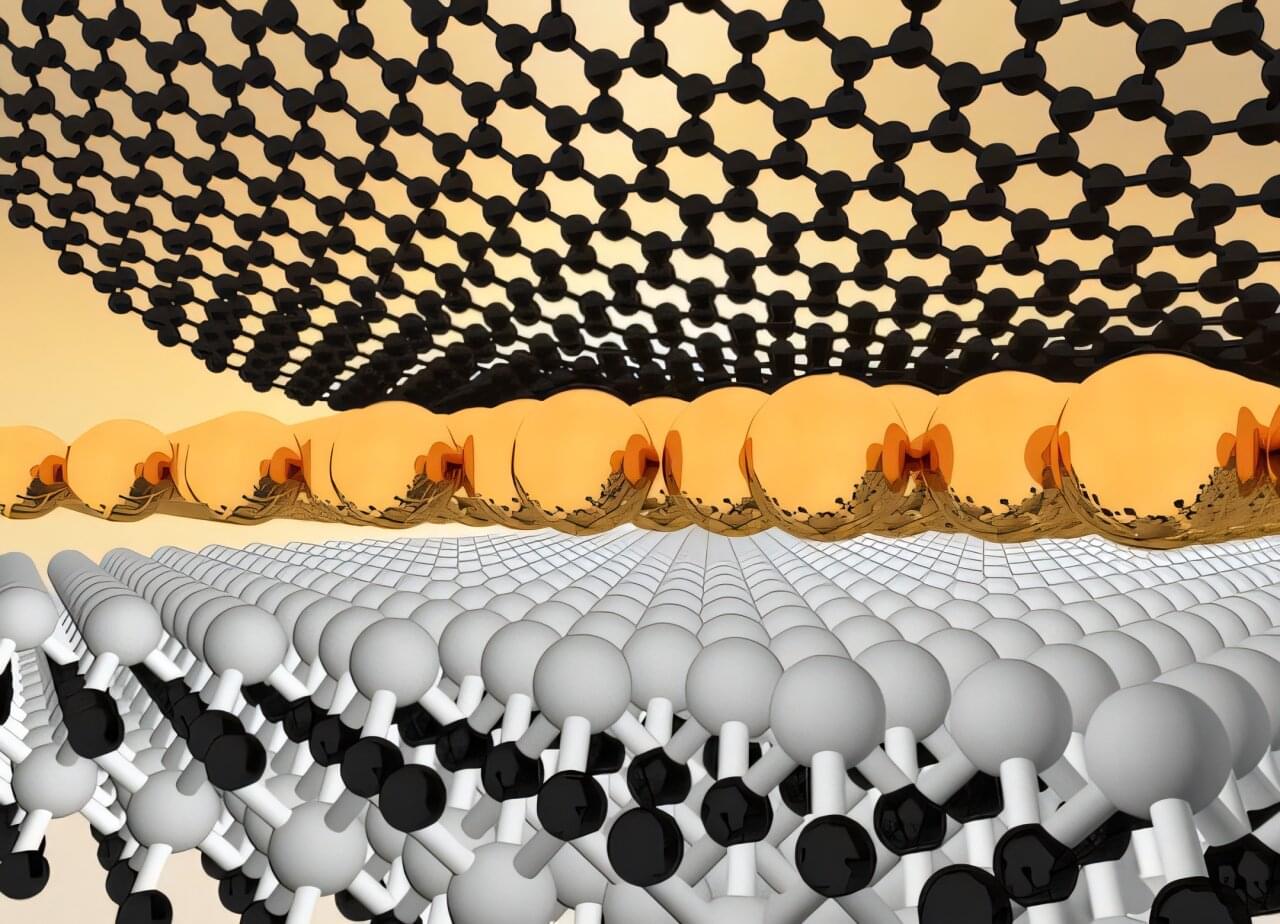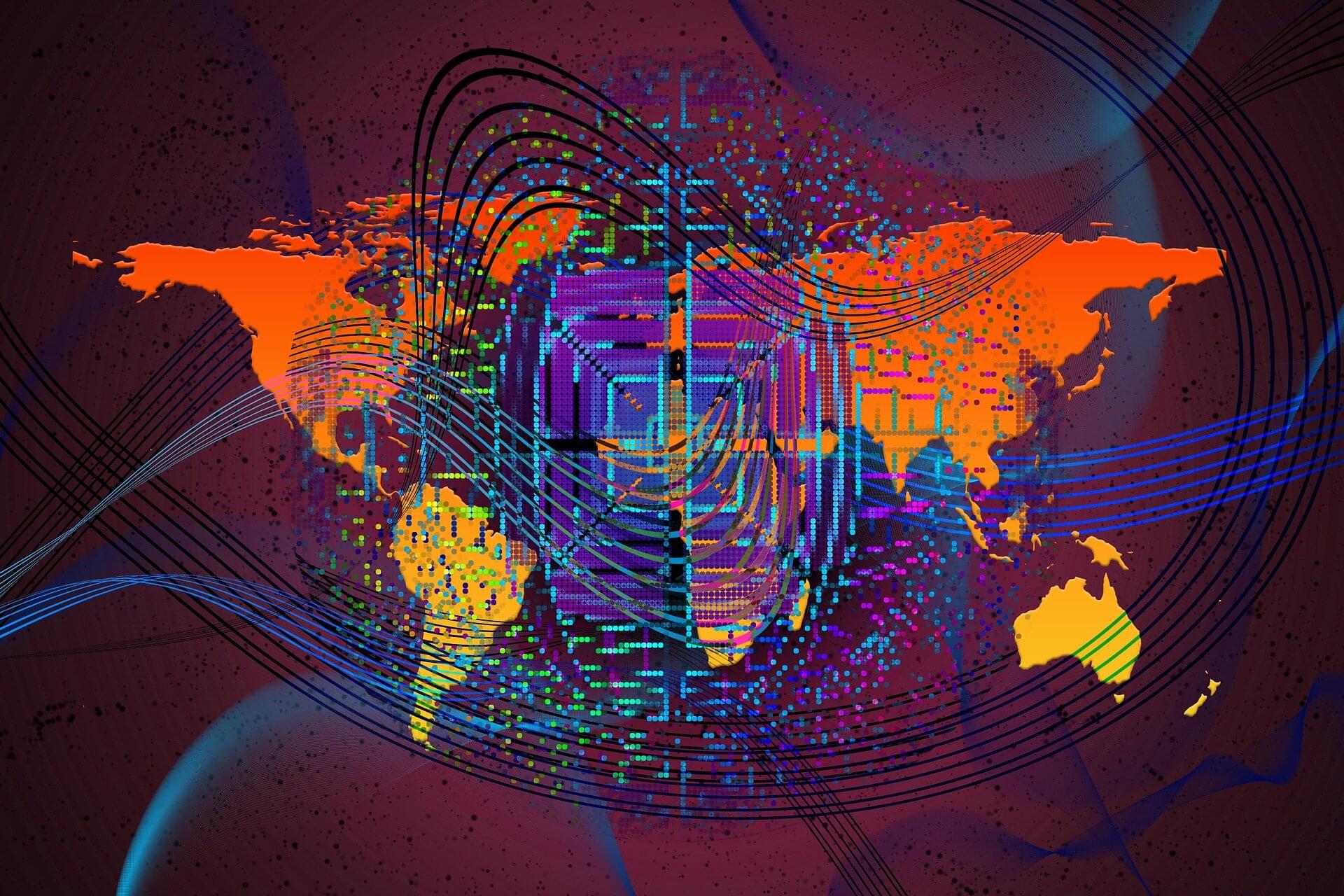A pair of quantum experimenters that share two entangled particles may be able to pass some of that entanglement to other pairs – and keep sharing it again and again



IN A NUTSHELL 🔍 NASA monitors the South Atlantic Anomaly, a region of weakened magnetic intensity impacting satellite operations. 🛰️ The anomaly poses risks to technological systems in spacecraft due to exposure to solar particles. 🧭 The anomaly’s evolution involves dynamic changes and a potential split into two distinct cells. 🌌 Ongoing research explores the

What happened to GUT grand unified theory.
Is our missing antimatter hiding in a mirror universe?
Some scientists think a time-reversed anti-universe exists alongside ours — a place where antimatter rules and their “forward” is our “backwards.” If true, it could solve one of physics’ biggest mysteries.
In this video: the antimatter imbalance, CPT symmetry, and what life in a mirror reality might be like.
Could our missing antimatter be hiding in a parallel, time-reversed universe?
Physicists have long puzzled over one of the biggest mysteries in cosmology: why our universe is made almost entirely of matter, when the Big Bang should have created equal amounts of matter and antimatter. Some theories suggest that the answer lies in a mirror universe — a realm where antimatter dominates and time flows in the opposite direction to ours.
In this episode of Stellar Stories, we explore:
You see those glowing patches of orangey-red? That isn’t good news.

Sliding ferroelectrics are a type of two-dimensional (2D) material realized by stacking nonpolar monolayers (atom-thick layers that lack an electric dipole). When these individual layers are stacked, they produce ferroelectric materials with an intrinsic polarization (i.e., in which positive and negative charges are spontaneously separated), which can be switched using an external electric field that is perpendicular to them.
Understanding the mechanisms driving the switching of this polarization in sliding ferroelectrics has been a key goal of many studies rooted in physics and materials science. This could ultimately inform the development of new advanced nanoscale electronics and quantum technologies.
Researchers at Westlake University and the University of Electronic Science and Technology of China recently uncovered a new mechanism that could drive the switching of polarization in sliding ferroelectrics. Their paper, published in Physical Review Letters (PRL), suggests that polarization switching in the materials is prompted by wave-like movements of domain walls (i.e., boundaries between regions with an opposite polarization), rather than by synchronized shifts affecting entire monolayers at once, as was assumed by some earlier works.

In a scientific first, South Korean scientists have provided experimental proof of “multi-scale coupling” in plasma, where interactions between phenomena at the microscopic level and macroscopic level influence each other. The findings could help advance nuclear fusion research and improve our fundamental understanding of the universe.
Plasma is often referred to as the fourth state of matter, distinct from solid, liquid and gaseous states. This unique state is formed when you heat a gas to such high temperatures that electrons are stripped away from their atoms, creating a mix of free-floating positively and negatively charged particles. This state of matter is the most abundant in the universe, and fusion reactions take place within it.
Proving multi-scale coupling has been a long-standing challenge in plasma physics. But in a study published in Nature, a research team led by Dr. Jong Yoon Park from Seoul National University and Dr. Young Dae Yoon from the Asia Pacific Center for Theoretical Physics (APCTP) proved how microscopic phenomena induce macroscopic changes that affect the entire plasma system.

Just as overlapping ripples on a pond can amplify or cancel each other out, waves of many kinds—including light, sound and atomic vibrations—can interfere with one another. At the quantum level, this kind of interference powers high-precision sensors and could be harnessed for quantum computing.
In a new study published in Science Advances, researchers at Rice University and collaborators have demonstrated a strong form of interference between phonons—the vibrations in a material’s structure that constitute the tiniest units (quanta) of heat or sound in that system. The phenomenon where two phonons with different frequency distributions interfere with each other, known as Fano resonance, was two orders of magnitude greater than any previously reported.
“While this phenomenon is well-studied for particles like electrons and photons, interference between phonons has been much less explored,” said Kunyan Zhang, a former postdoctoral researcher at Rice and first author on the study. “That is a missed opportunity, since phonons can maintain their wave behavior for a long time, making them promising for stable, high-performance devices.”

A major breakthrough in quantum technology was achieved in October 2024: the first-ever quantum satellite communication link between China and South Africa. The connection spanned a remarkable 12,900 km: the longest intercontinental quantum communication link established to date. The longest before this was 7,600 km and within the northern hemisphere only.
It was achieved with quantum key distribution, a method for a sender and receiver to share a secure key that they can use to safely send messages. Any interception during transmission leaves traces that can be detected. It involves sending single photons (tiny particles of light).
If someone tries to intercept the photons, the photons get disturbed because of quantum physics. Quantum physics is the study of matter and energy at the most fundamental level. Sender and receiver use only undisturbed photons, making the key to the message ultra secure. The key can be sent via optical fiber or free-space, including satellites.

Researchers at the University of Southern California (USC) in the US turned to an often overlooked particle for storing and processing quantum information to overcome the fragility of quantum computers and make them more universal in the near future.
Positioning one such particle in a quantum computer can help overcome errors in quantum computing, a university press release said.
The age of quantum computing promises computations at speeds that will make even the fastest supercomputers of today appear like snails. These computers leverage quantum properties of materials to store information in quantum bits or ‘qubits’